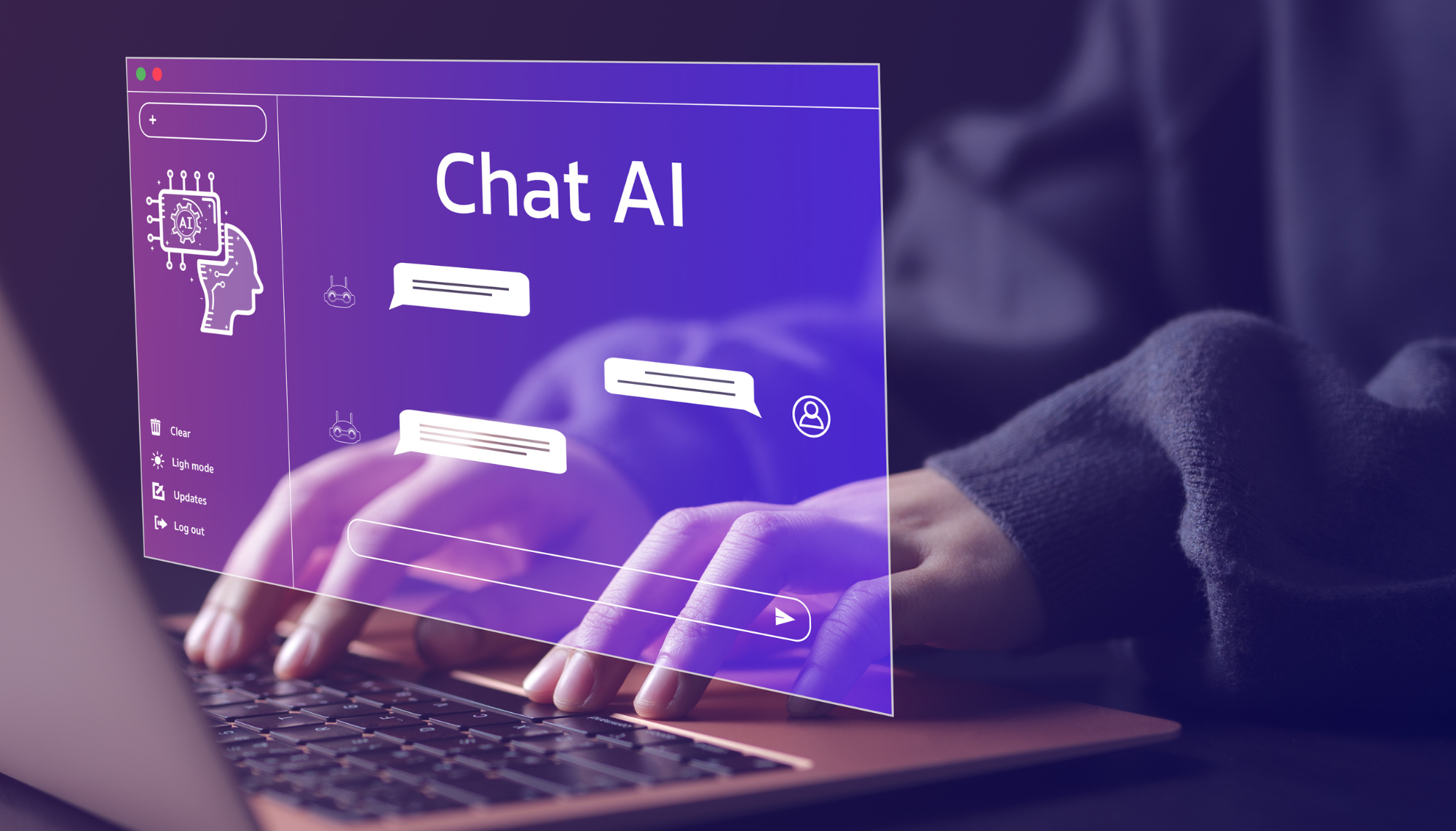Back ZIUR analyzes the benefits and risks of Artificial Intelligence in the industry

ZIUR analyzes the benefits and risks of Artificial Intelligence in the industry
In its report Use of Artificial Intelligence in security tools in an OT environment, the Gipuzkoa Industrial Cybersecurity Center recommends that organizations in the sector have the most up-to-date mechanisms to protect their systems and avoid suffering a cyber attack that forces them to stop any critical process.
The use of Artificial Intelligence to guarantee the security of industrial systems allows organizations to have new mechanisms for protection against attacks by cybercriminals. However, this new technology is also used by cybercriminals, who take advantage of it to launch increasingly complex, sophisticated and effective attacks.
ZIUR, the Industrial Cybersecurity Center of Gipuzkoa, has published the report 'Use of Artificial Intelligence in security tools in an OT environment', in which it recommends that organizations in the sector have the most up-to-date mechanisms to protect their systems . In this way, they will be able to avoid suffering a cyber attack that forces them to stop any critical process that directly affects the supply chain or even, in the worst case scenario, that causes the production process to stop temporarily.
In order to incorporate this type of tools, ZIUR asks those responsible for information security in each organization to take into account a series of aspects to control the risks associated with the use of Artificial Intelligence. Among the recommendations, ZIUR advises selecting a tool appropriate to the protection needs of each of the company's industrial systems; develop a valid and complete data set to train the system before its deployment in production; or periodically carry out validation tests of each of the tools implemented to measure the effectiveness rate.
It also recommends establishing a policy of periodically updating these tools to correct vulnerabilities and improve calculation models; have a record of all the actions that the tool has performed; know the standards and regulations to ensure that good practice is being followed; and have a team with knowledge of Artificial Intelligence capable of parameterizing the tools.
For more information, download the report.